Tempura Endo Yasaka Part 2: Beauti-FRY Your Life
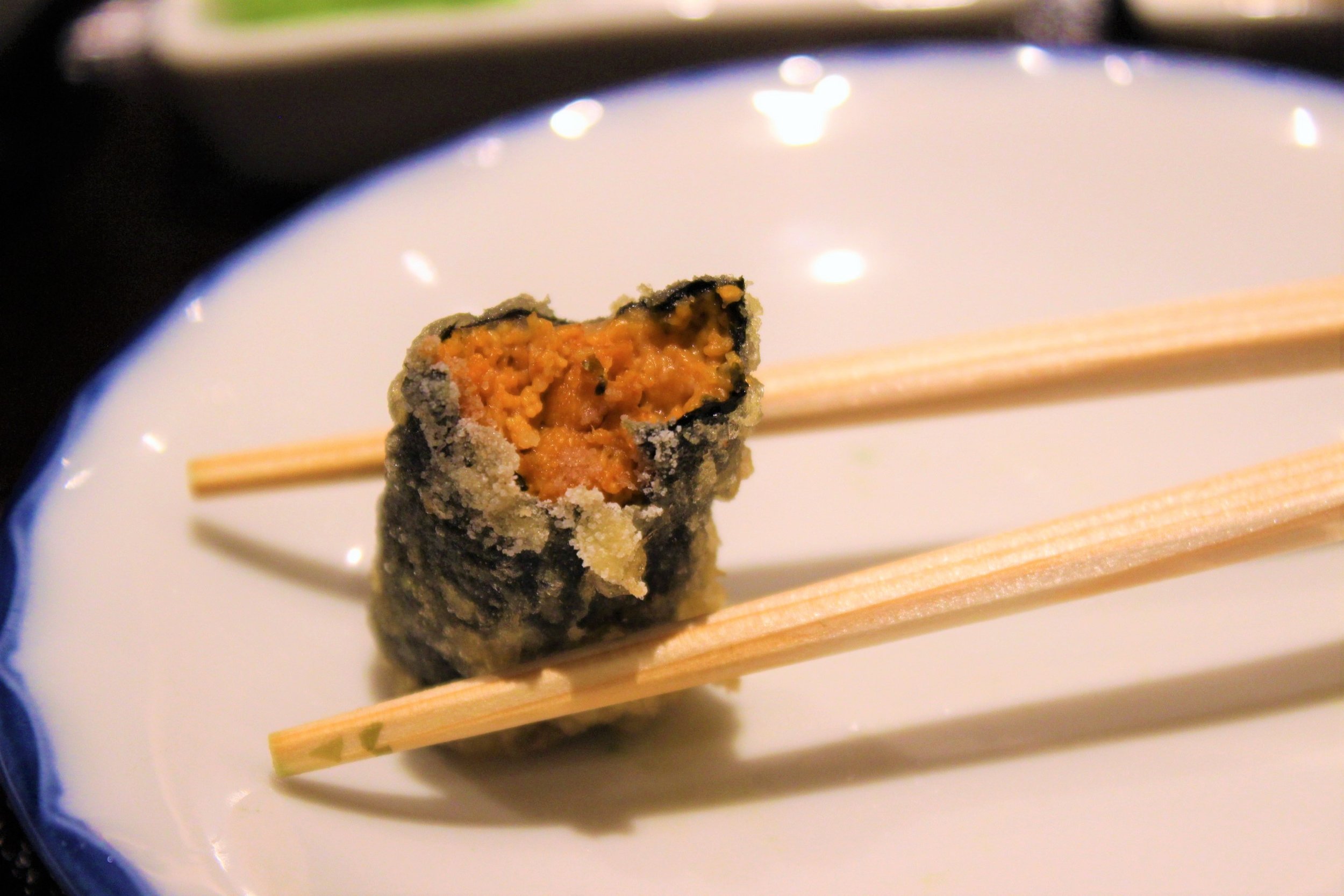
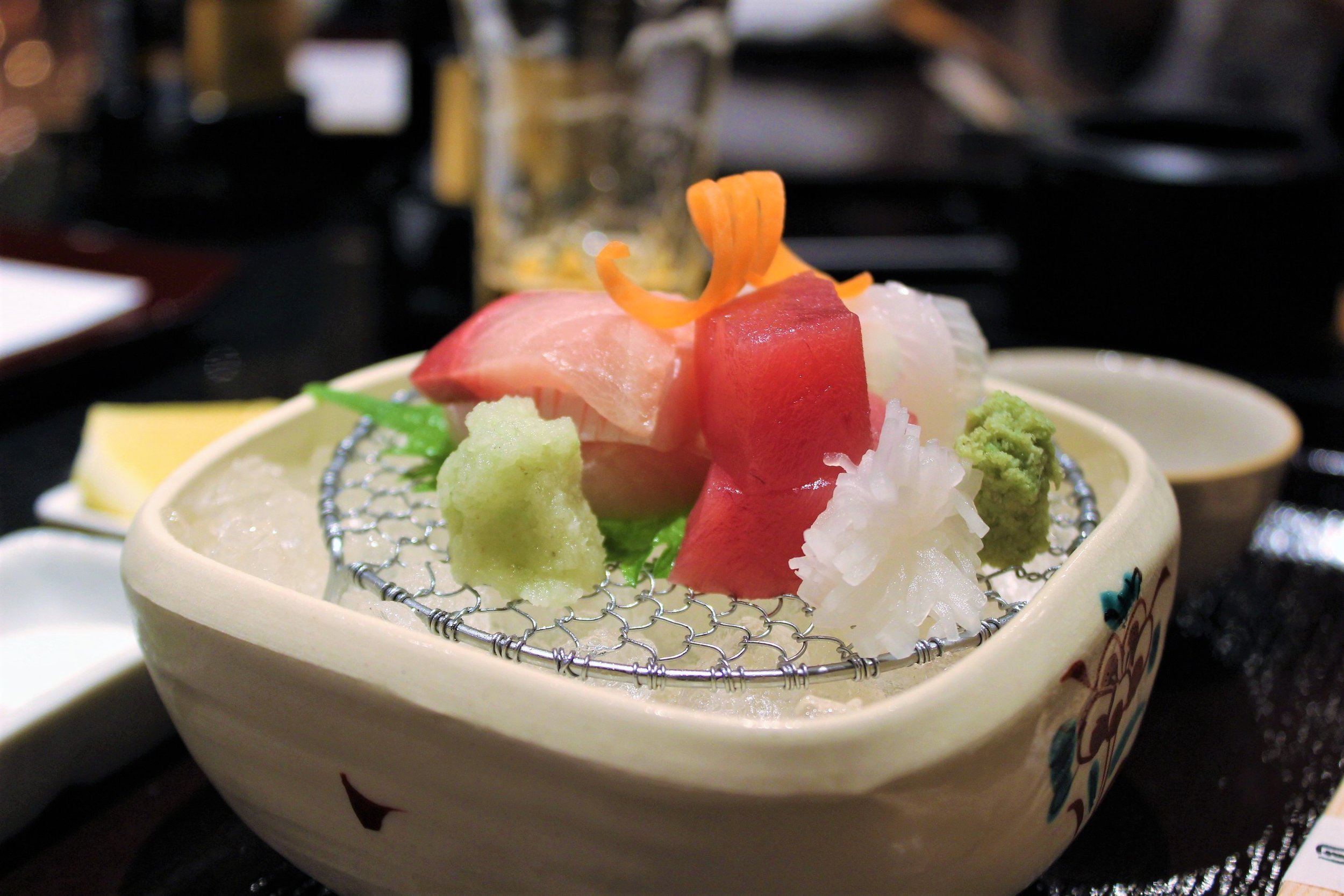

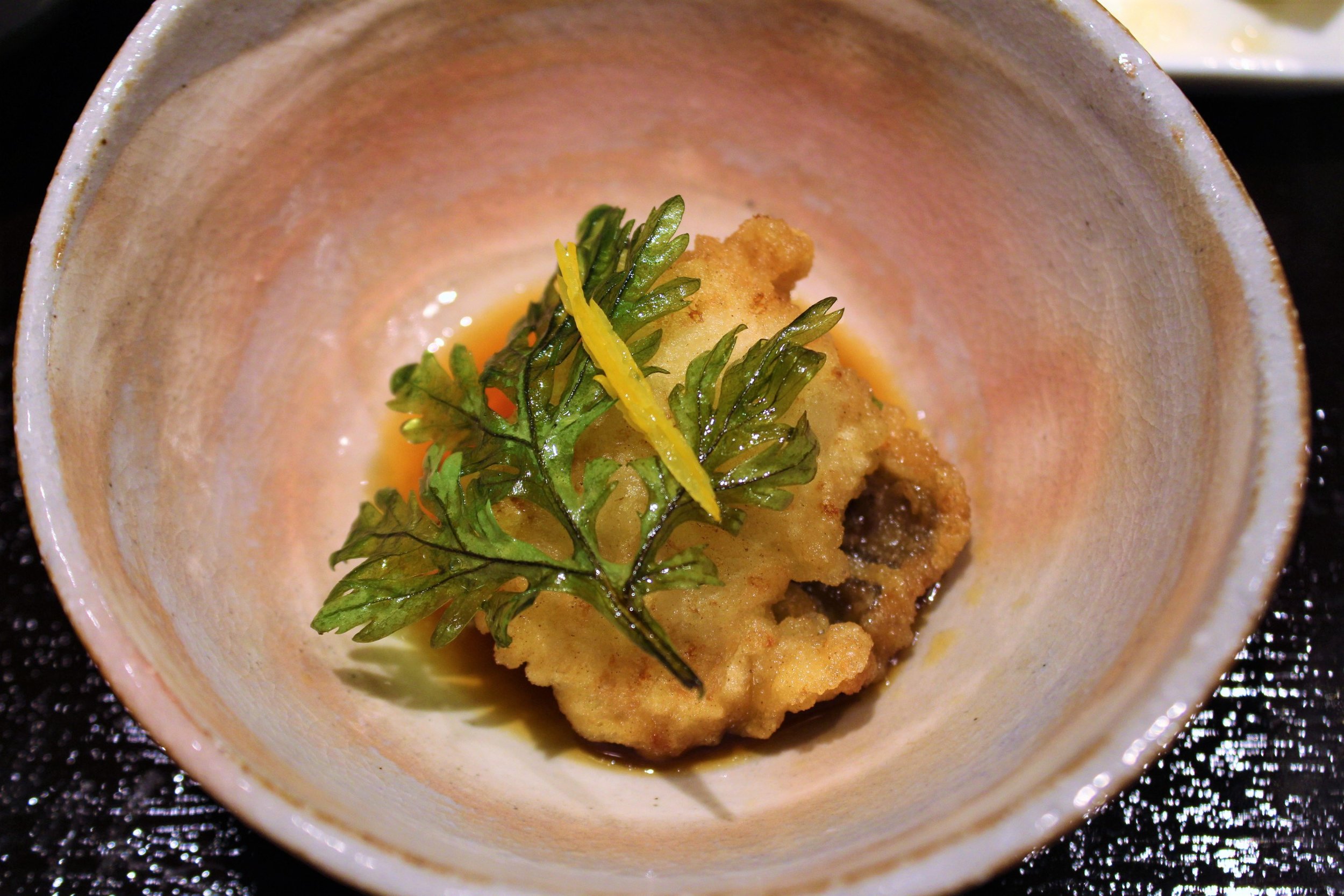
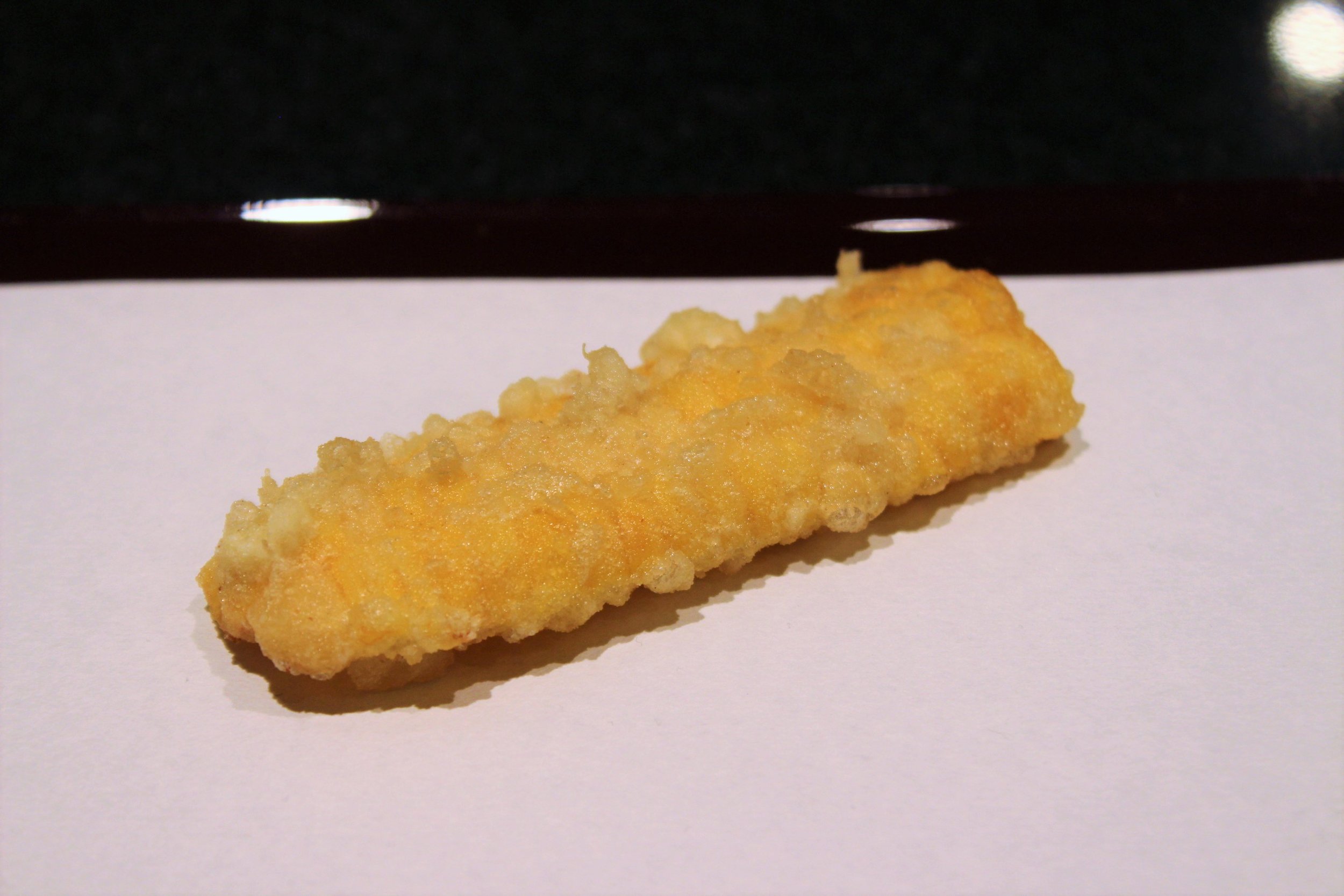
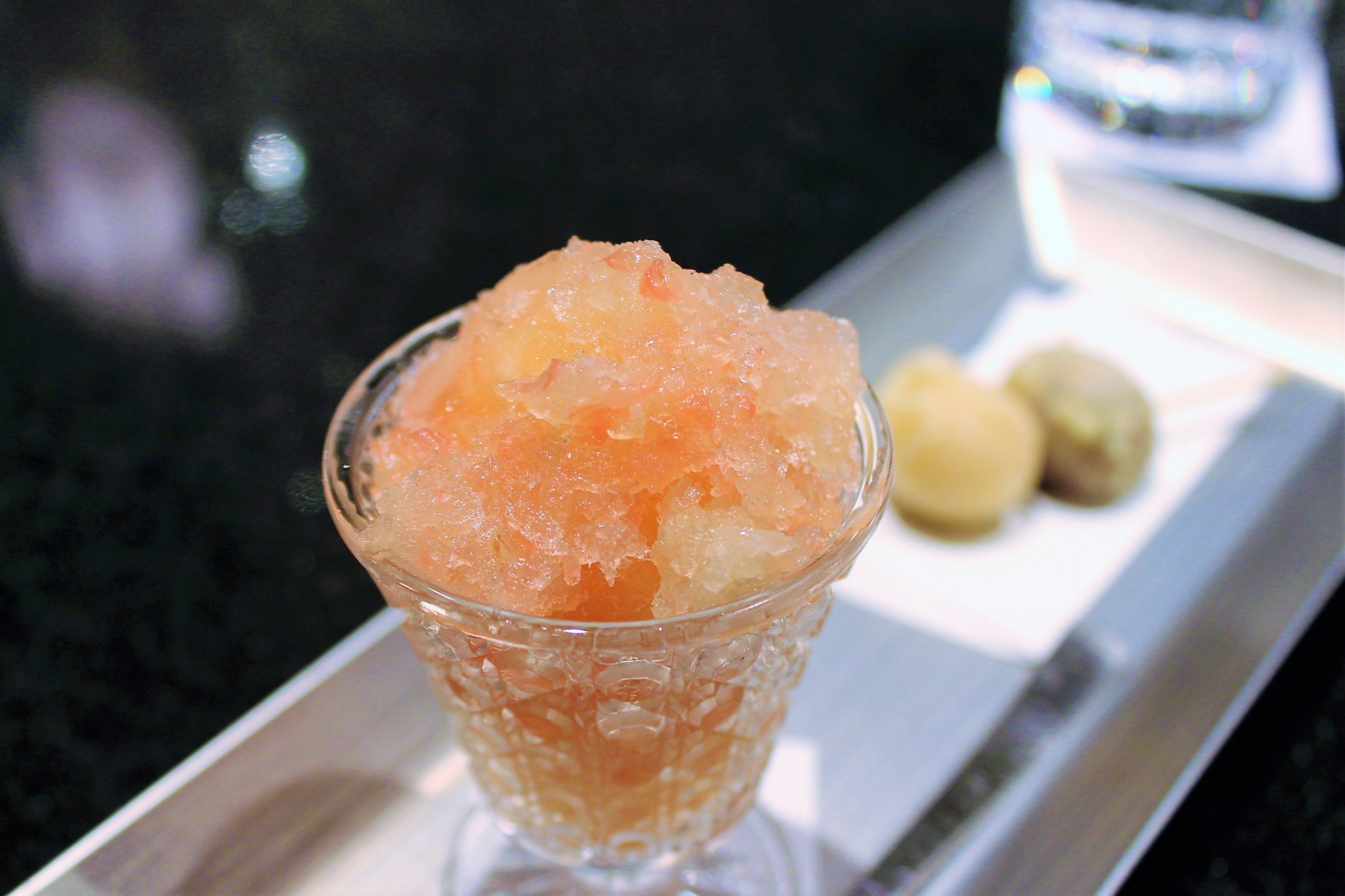
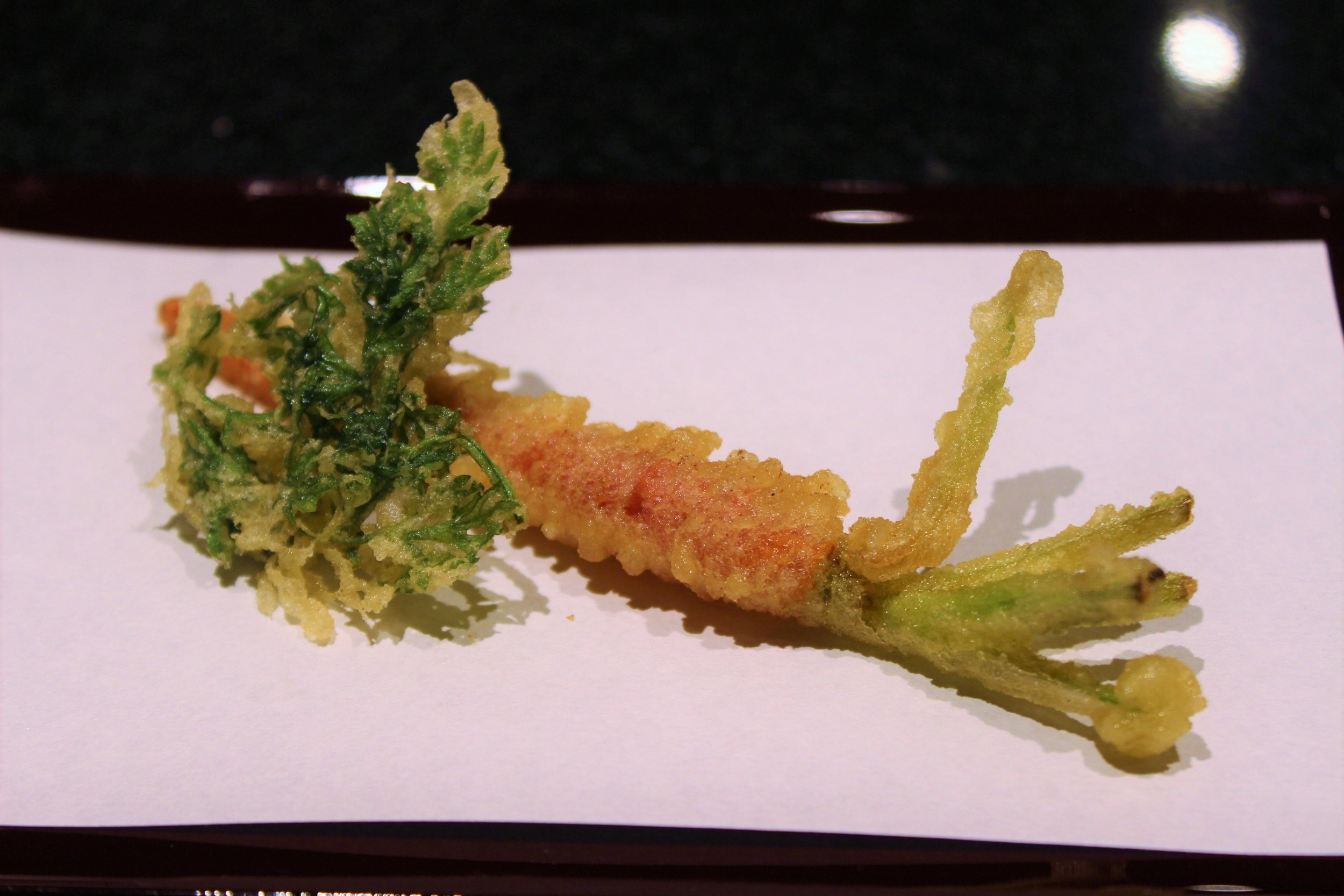
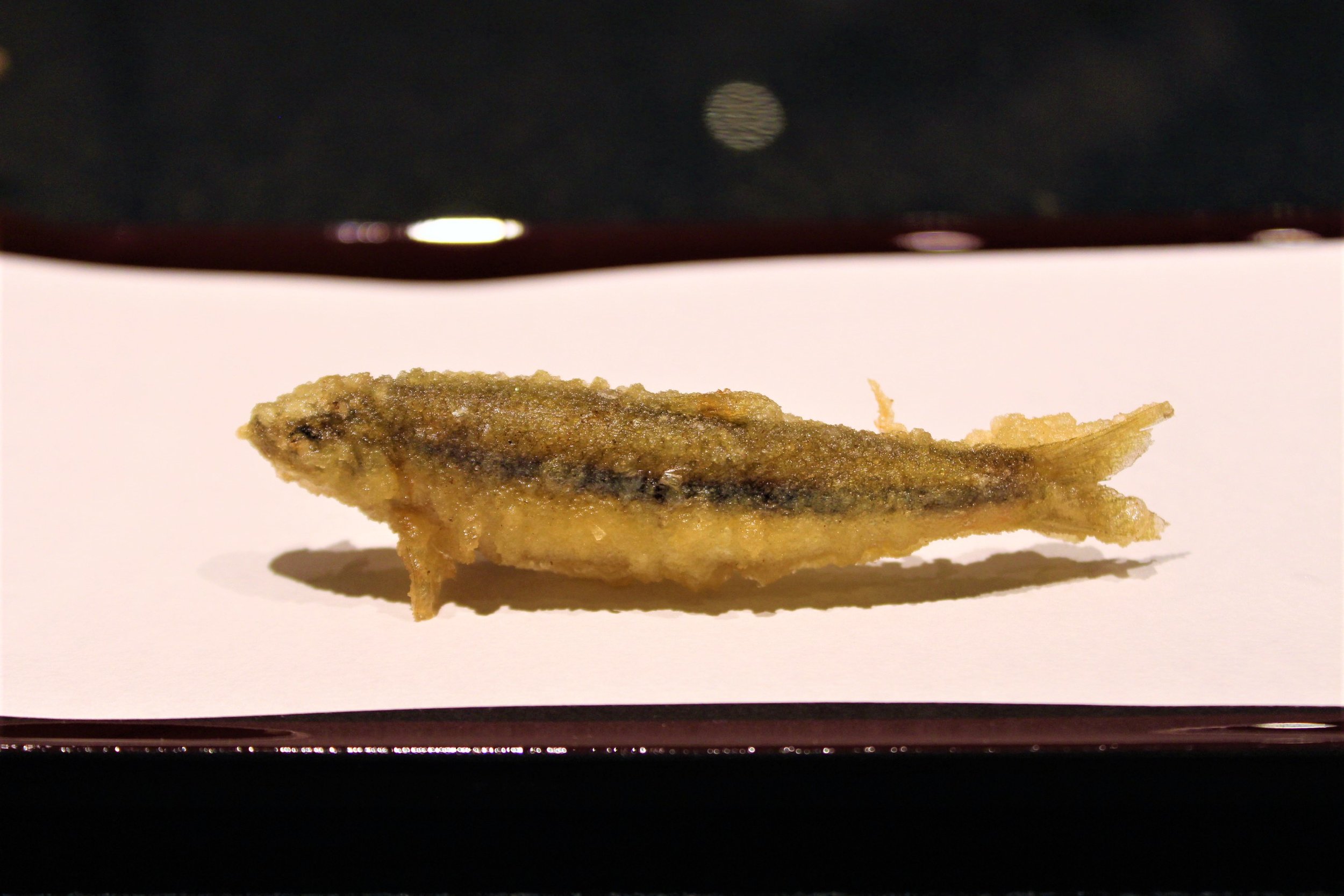
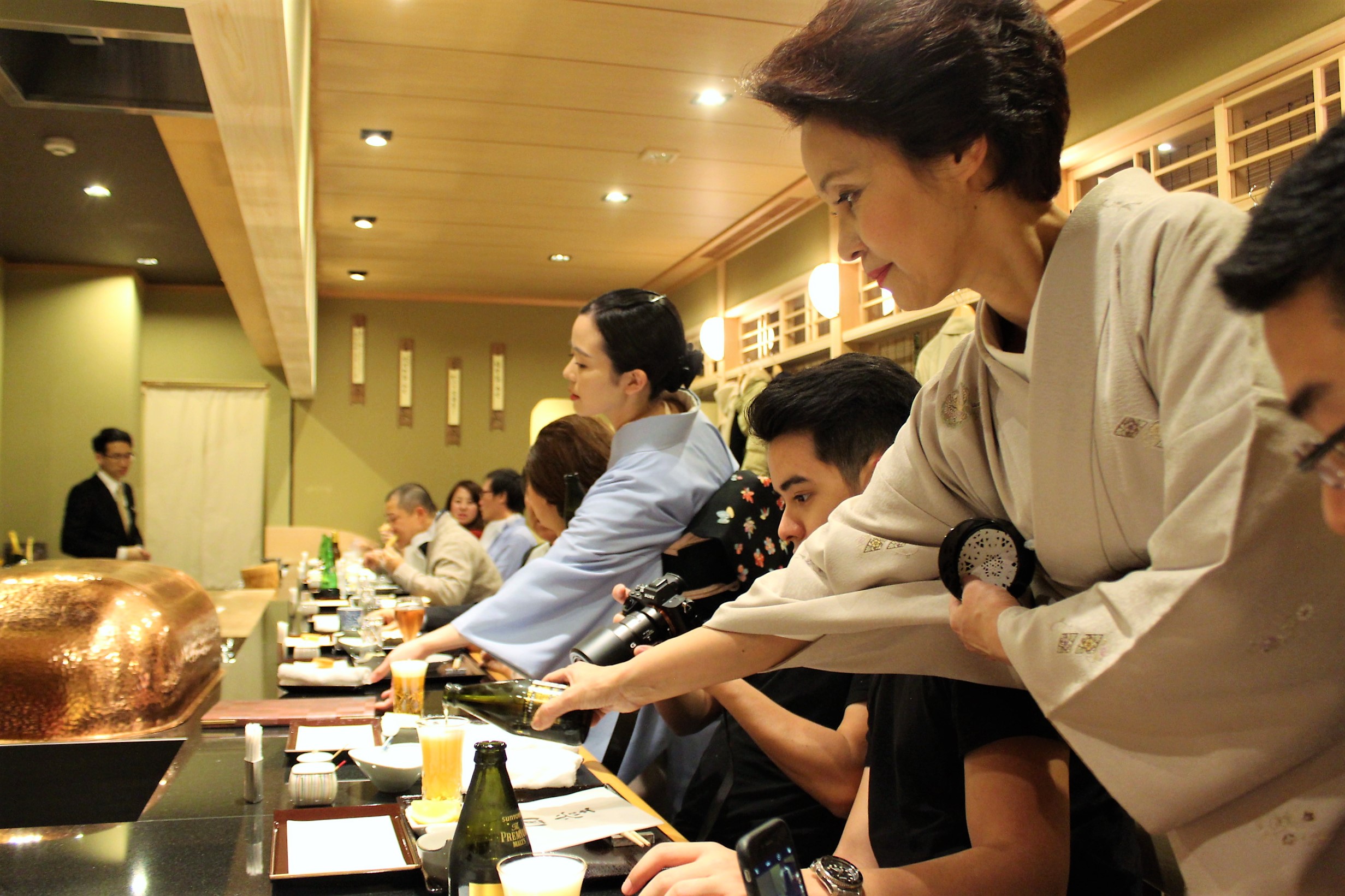
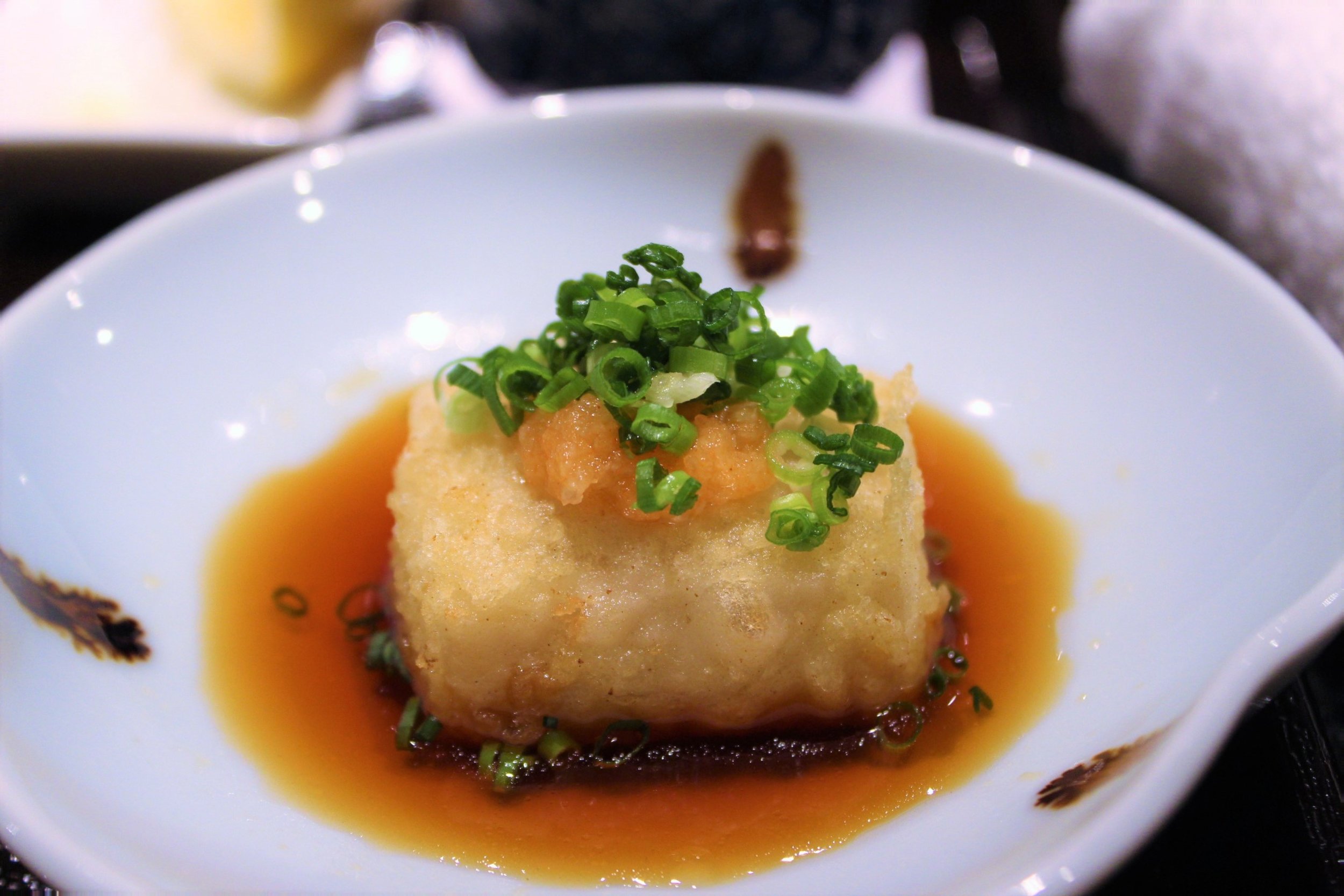
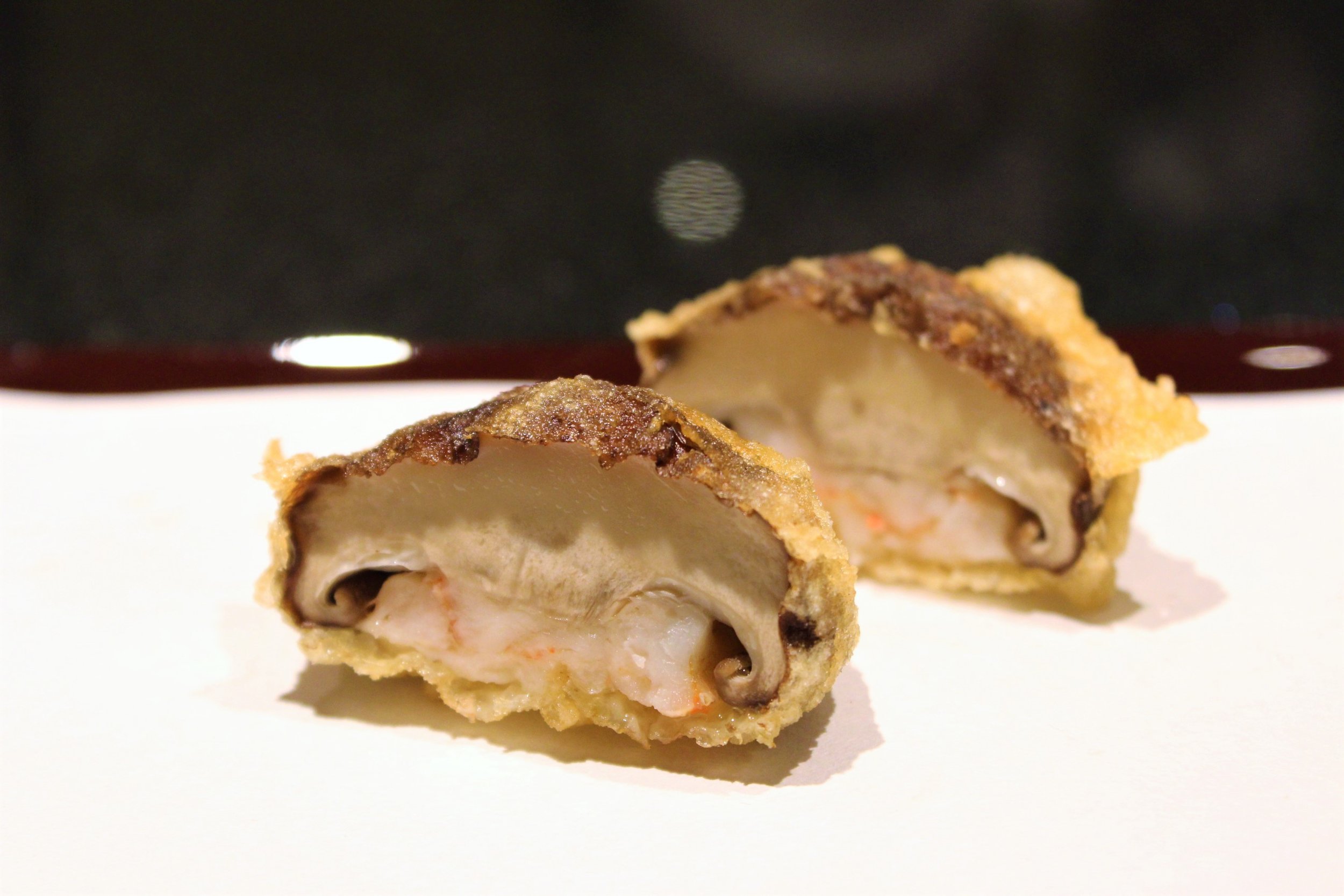
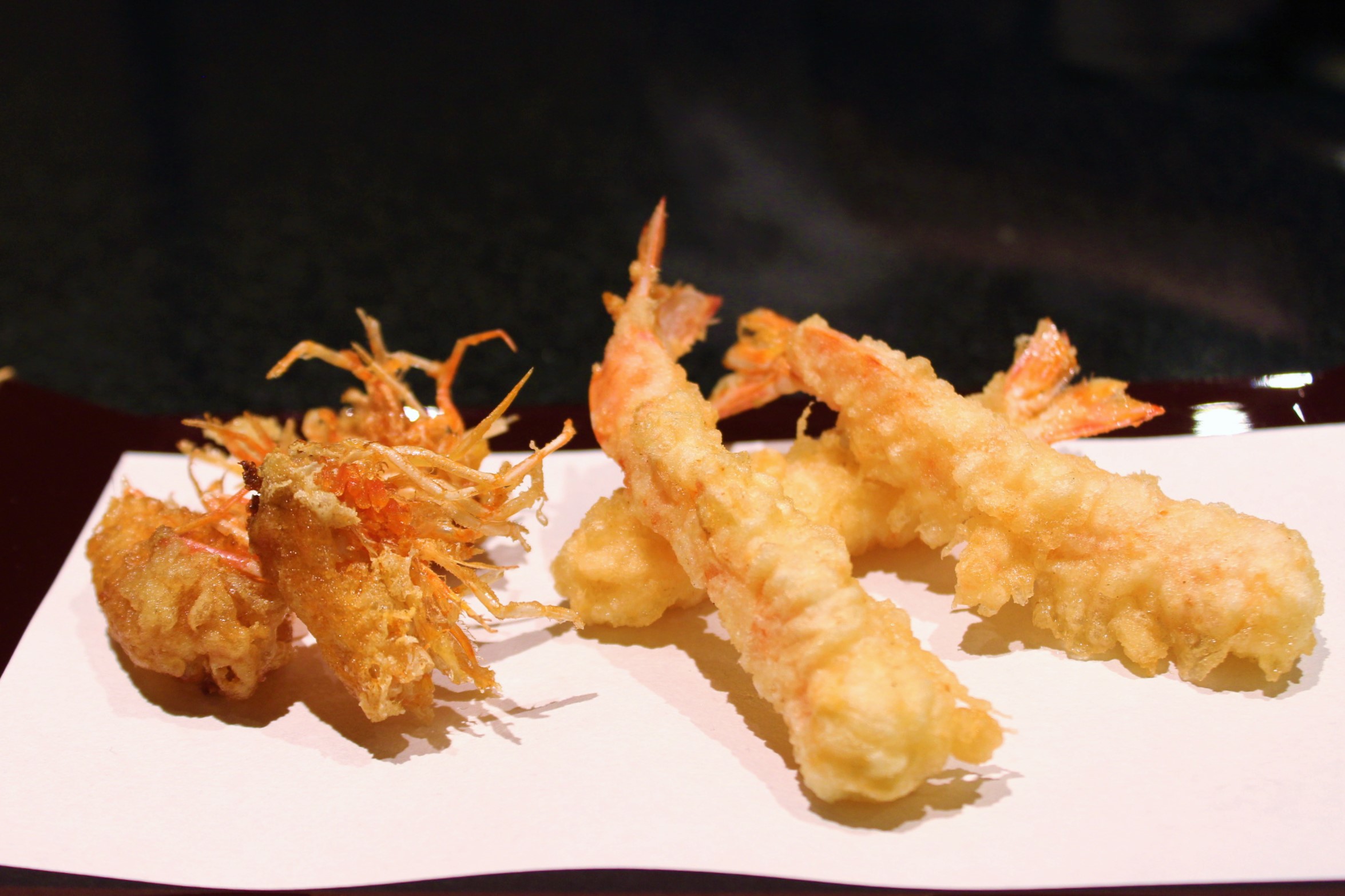
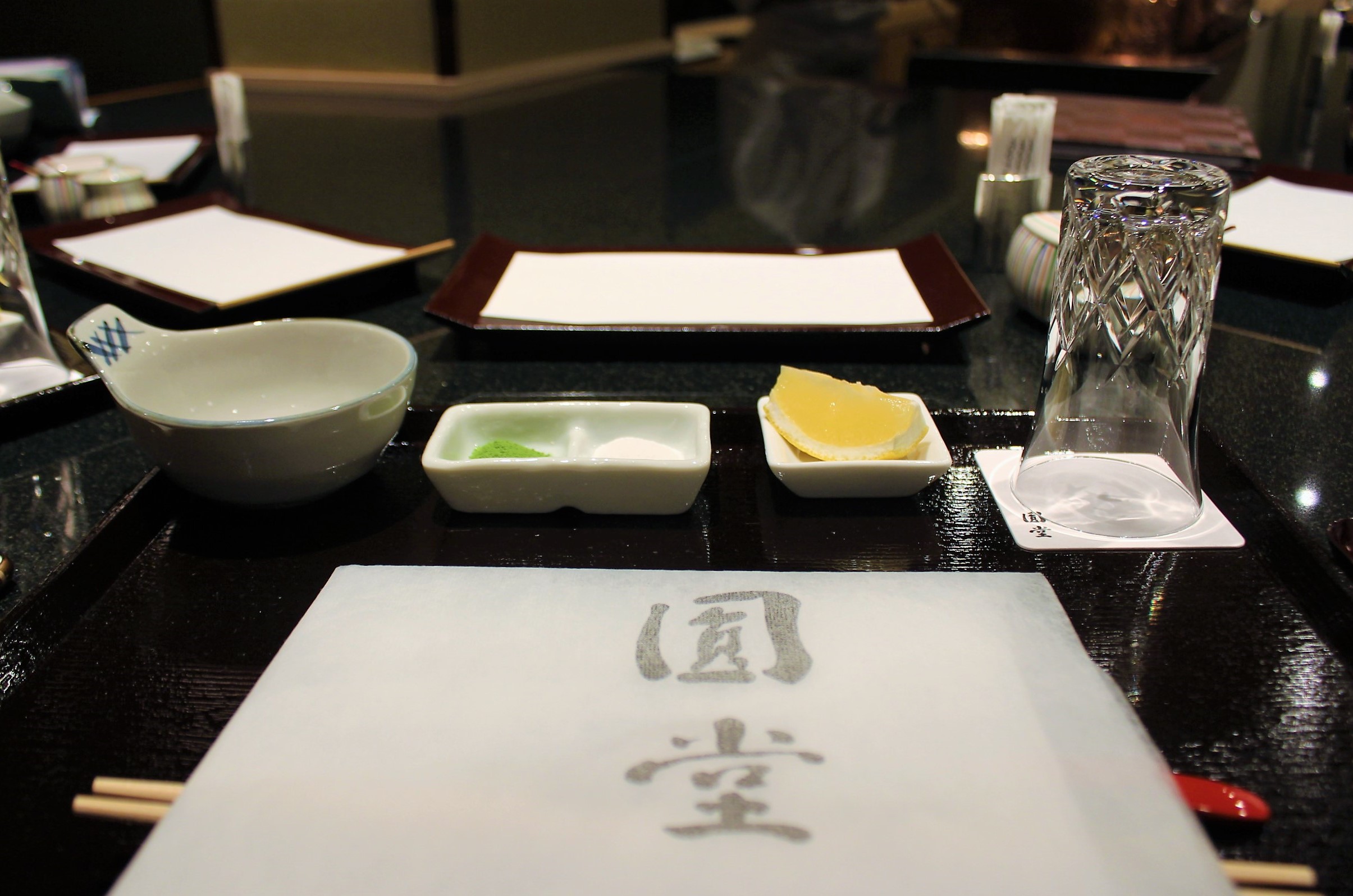
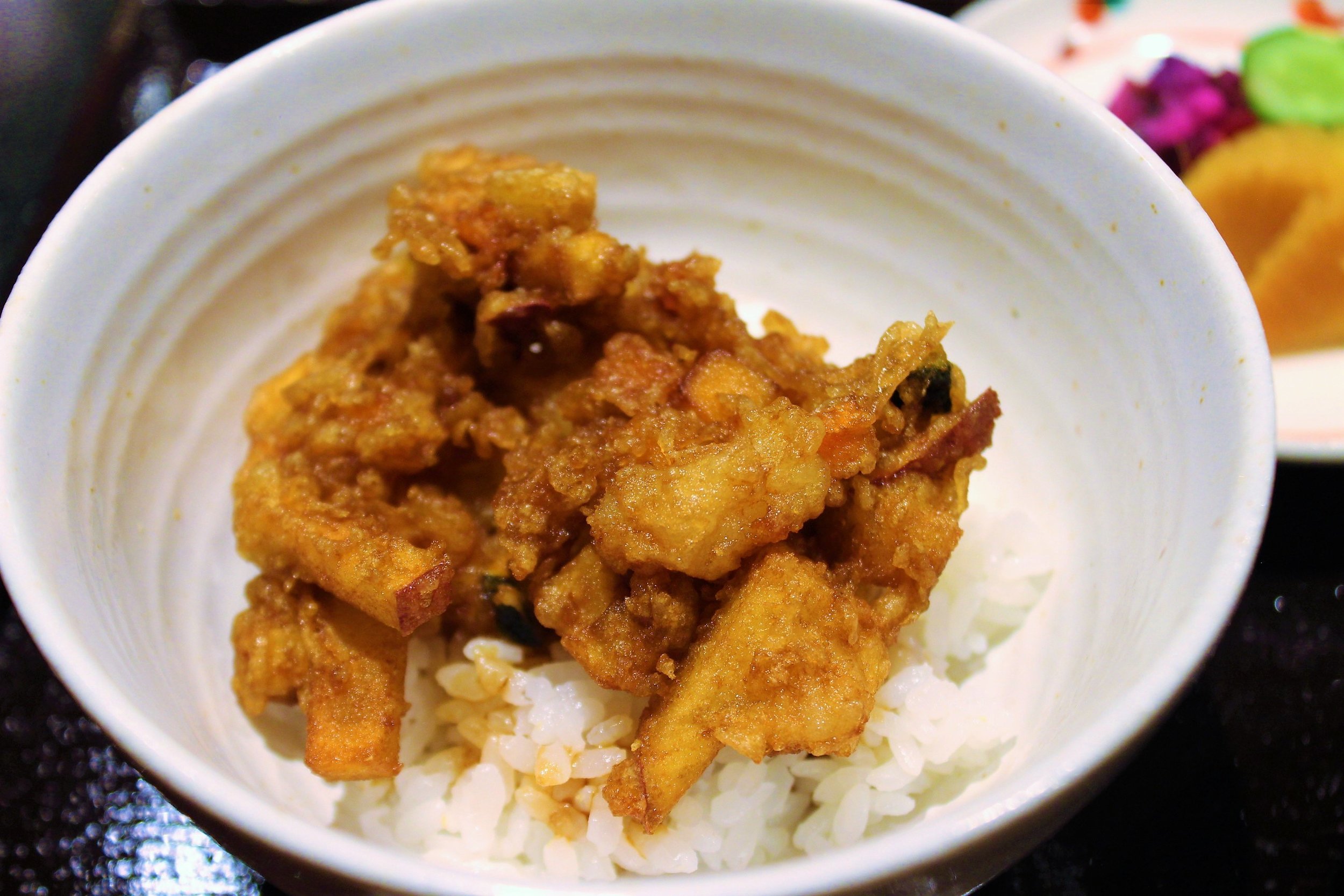
Hi Everyone! If you're reading this, you probably read Tempura Endo Yasaka Part 1. I had to split up the review because it was getting too intense. This one is going to be a monstrous review. These mouthwatering, transcendental food photos may or may not knock you off your seat. Today, we'll be talking about Tempura Endo Yasaka in Kyoto, Japan. I came here with my parents, my uncle, and my cousin. It was such a wild dinner that I forgot to take notes about the food.
Thankfully, someone (Yokoo) from Tempura Endo Yasaka was super helpful in identifying and explaining some of our dishes long after we had returned to the US. As you can see from the pictures and the title, Tempura Endo Yasaka specializes in tempura (battered and deep-fried seafood or vegetables).
If you’re interested in learning more about what we ate, you can continue scrolling down this post. Thanks for reading this massive review! Hope this is helpful. I hope I can visit Tempura Endo Yasaka again soon.
Address: 東山区小松町566, (八坂通東大路西入), Kyoto, 京都府 〒605-0811, Japan
Recommended:
Assorted Sashimi (Hamachi, Akami, Ika)
Uni Wrapped in Seaweed Tempura
Shrimp Tempura Heads and Bodies
Burdock Root Tempura
Moroko Tempura from Lake Biwa
Yuba Tofu with Dashi and Soy Sauce
Sesame Tofu in Ponzu
Grapefruit Sorbet
Sweet Potato Salad with Daikon and Lime Dressing
Akadashi Red Miso Soup
Corn Tempura
Grated Daikon Radish
Shiitake with Shrimp
Snap Peas Croquette
Shimonita Leek
Calamari and Dried Mullet Roe
Sillago in Green Perilla
Kyo-Kanzashi Sweet Carrot Tempura
Yasaka-no-Tsuki Sweet Beans
Ten-cha
Ten-don Bowl
Conger Eel Tempura
Let's get started. First, the Uni Wrapped in Seaweed Tempura was astronomical. Uni is the edible roe of sea urchin. Given that the process to harvest the uni roe is already difficult, I am amazed at how Tempura Endo Yasaka was able to deep fry this delicate uni without it falling apart.
I like eating uni because of its creamy consistency. Good uni will taste sweet, light, and briny. Bad uni will emit a strong fishy smell or will seem overly watery. Like oysters, there are a lot of different species and the natural environment has a huge effect on the characteristics of the uni. I'll probably do another guide post on uni in the future. This was one of the main highlights of the meal!
Next, the Snap Peas Croquette was pretty cool. I'm not sure but it seemed like they took out the peas, smashed them, put it back in the casing, and then fried it. The result was a cool, savory burst of the snap peas' flavor.
The Sillago tempura is made of Sillago fish, which is mild in flavor. The green perilla is another name for shiso. It's an interesting herb. It's similar to cilantro but more tame in flavor. Shiso tastes like a mix of basil, anise, mint, fennel, and citrus. I love eating it fried!
Next, we have the Moroko Tempura. The Moroko fish came from Lake Biwa, an ancient Japanese lake that is said to be over 2 million years old! This fish is one of the most popular freshwater fish in Japan. As you can see, the fish was fried whole. In two bites, I consumed the fish. It was very easy to eat given that the bones were soft. The meat was light and slightly sweet.
Next, the Kyo-Kanzashi Sweet Carrot Tempura was a delight. For a carrot, it is tiny. It was probably 90% smaller than a normal carrot. The dish also came with the tempura'd leaf of the Kyo-Kanzashi. The Sweet Carrot had great color and was fun to eat.
Above, you'll see the Sweet Potato Salad with Daikon and Lime Dressing. It is accompanied with the Akadashi Red Miso Soup. FUN FACT: Miso’s ancient relative is soybean jiang (or doujiang), which appeared around 300BC. When jiang arrived in Japan, it was pronounced hishio and later transformed into misho (mid 700s) and then miso (late 900s). Jiang was so old that it was even mentioned in the Analects of Confucius on a scroll. Given its long history, it isn’t surprising that both miso and jiang continue to be staples in Chinese and Japanese cuisine.
Miso is believed to stimulate your appetite and help with digestion. Miso is a great source of vitamin B. It is high in antioxidants and strengthens the immune system. It also improves the quality of your blood and reduces your risk of cancer (breast, prostate, colon, etc.).
Before dessert, Tempura Endo Yasaka hit us with two more dishes. The Conger Eel Tempura (see above) was one of the larger tempura pieces. If you have eaten at a Japanese restaurant before, you are probably familiar with Unagi, Japanese freshwater eel. If you're interested in learning more about unagi, check out our review of Hirokawa. Anyway, Conger Eel, or Anago, is similar to Unagi but it is lighter in taste and has less fat/oil. The texture is soft when cooked properly. Tempura Endo Yasaka sources their eel from Akashi in the Hyōgo prefecture.
A typical Kaiseki, or Japanese multi-course meal, will end with a heavier rice dish to make sure you are not still hungry when you leave. Tempura Endo Yasaka gives you a choice between Kakiage (Mixed Tempura Fritter) and Rice, Ten-cha, or Ten-don. I chose the Ten-Cha and the Ten-Don. The Ten-Cha was little bits of shrimp tempura with hot green tea. It was an interesting dish! I had to eat this quick before the tempura got soggy. It is a good choice if you think you have had too much tempura and/or oil.
The Ten-Don consisted of mixed vegetable (pumpkin, sweet potato, carrot) and shrimp tempura over rice. This is a heartier dish and I would recommend this one if you are still hungry at the end of the meal!
For dessert, we had a refreshing Grapefruit Sorbet with a side of Yasaka-no-Tsuki Sweet Beans (see above). Overall, it was a solid meal. I don't think I ever felt sick of all the fried tempura we were eating. I'm sure it helped that I was washing down each dish with some beer or Japanese white wine.











